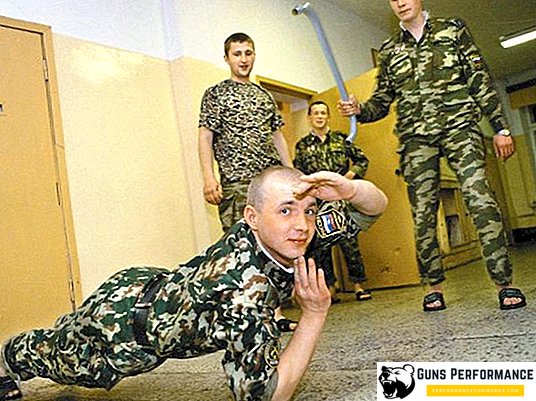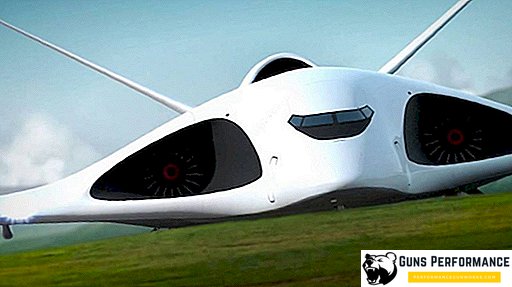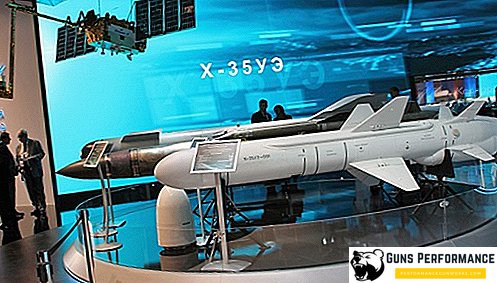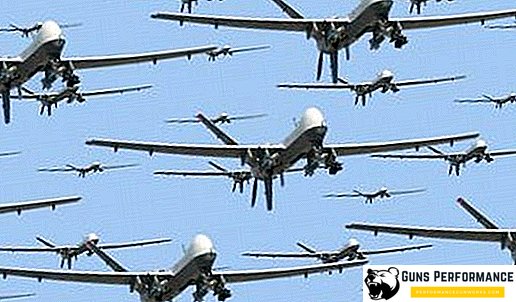
The Ka-32 is a Soviet multi-purpose helicopter designed by the Kamov Design Bureau. This machine is made according to the coaxial pattern characteristic of the helicopters of this design bureau. Work on the creation of the Ka-32 were conducted in the 70s, the operation of this machine began in 1986.
The Ka-32 helicopter is, in fact, a civilian version of the Ka-27PS (search and rescue modification), its mass production was established at the aircraft factory in Kumertau in 1985. In total, more than 160 cars were manufactured (for 2013). In addition, in 2013, an agreement was signed with China on the licensed assembly of the Ka-32 in the territory of this country.
The Ka-32 is an exclusively civilian vehicle; during its operation, a huge number of modifications of the helicopter were created. Since 2011, only the modification of the Ka-32A11BC is made.
The helicopter is in high demand on the world market, and it is bought not only by countries in Asia or Africa, but also by more demanding Europeans and Americans. Currently, the Ka-32 is operated in Bulgaria, Spain, South Korea, Canada, Brazil, Portugal and Switzerland.
The Ka-32 helicopter set several international world records.

History of creation
The development of the Ka-32, like its military version of the Ka-27PS, began in 1969. The leadership of the Soviet civil aviation wanted to get a helicopter, made according to a coaxial scheme, which could take off from the ship's deck. Originally, it was planned to be used as a means of conducting reconnaissance of the ice situation in the Arctic.
However, later the range of tasks for the new machine was expanded. It was planned to be used as a search and rescue tool, for transporting goods and passengers, for installation work, patrol service and for solving other tasks.
The first flight of the pre-production Ka-32 took place at the end of 1973, the serial car took off in 1980. In 1978, a helicopter participated in piloting a convoy of ships led by the icebreaker Sibir along the Northern Sea Route. The helicopter coped with its tasks, operating in very difficult conditions of the polar night.

In 1981, the Ka-32 was demonstrated to foreign experts, and in 1985 the helicopter was shown at the Le Bourget air show.
Ka-32 is one of the most successful machines developed by the Kamov Design Bureau. The coaxial scheme makes the helicopter very compact and maneuverable, ideal for use in urban areas, mountainous or wooded areas. This helicopter is great for working at sea: The Ka-32 can easily land on the deck of even a small ship or on the platform of a drilling platform.
The machine has excellent performance in terms of load capacity, energy capacity, consumes relatively little fuel, and is easily manageable. The latest modifications of the helicopter are certified according to international requirements (FAR-29, AP-29, EASA).

Description
The Ka-32 helicopter is made according to a coaxial scheme with two rotors and two turboshaft engines. The car has a four-bearing non-retractable landing gear and tail fin with two keels. The crew of the helicopter - from one to three people.
The fuselage of the car is made of aluminum alloys, in its front part is the cockpit, behind it is a bulk cargo and passenger compartment. For securing cargoes, mooring units are provided in it; on an external sling, a car can carry up to 5 thousand kg. On the left side of the fuselage there is a cargo door through which loading and unloading is carried out.
The power plant of the helicopter consists of two GTD TVZ-117 (2200 hp.).
The fuel system consists of ten tanks, their total capacity is 3450 liters.

The rotors have three blades, are made according to the coaxial scheme, the blades are hinged. Blades of screws are made of composite materials, which significantly increases their operational life. Titanium screw bushings. The propeller blades can be folded, which makes the helicopter compact in the stowed position.
On marine modifications of the machine can be installed ballonet, which provide the possibility of landing a helicopter on the water.
Ka-32 (especially the latest modifications of this machine) have the perfect flight navigation equipment. It includes an onboard computer, Doppler meter, autopilot and radio altimeter. On some versions of the helicopter installed side radar. This allows the machine to fly both day and night, in adverse weather conditions, to land in automatic mode, to hang at one point.

Specifications
Below are the characteristics of the Ka-32:
- length - 11,300 mm;
- width - 3805 mm;
- height - 5450 mm;
- cruising speed - 245 km / h;
- ceiling - 5000 m;
- Max. flight range - 650 km;
- flight duration - 4 hours;
- Max. take-off weight - 11,000 kg;
- engine - 2xTB3-117 (2200 hp. pp.);
- crew - 1-3 people.













